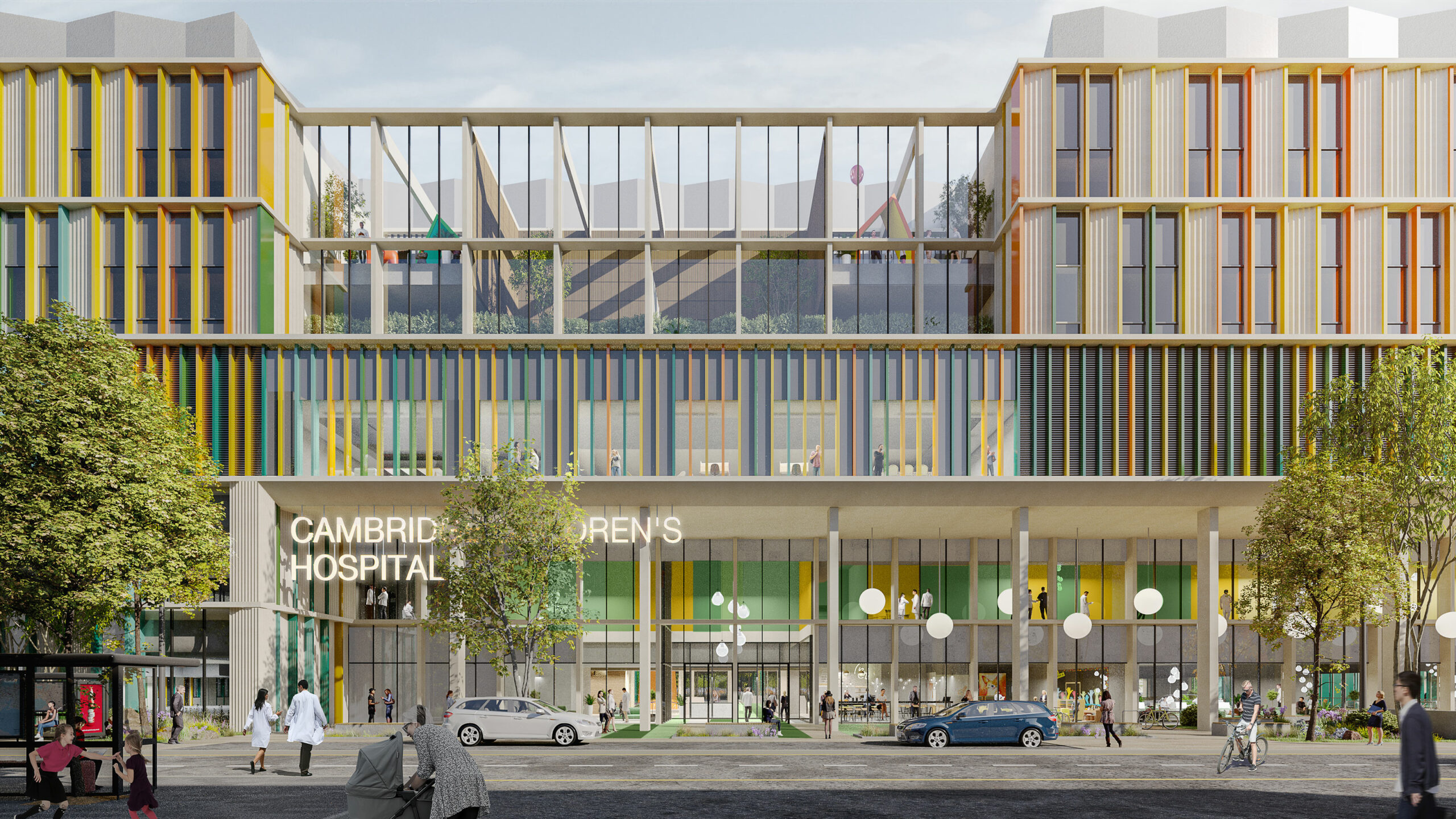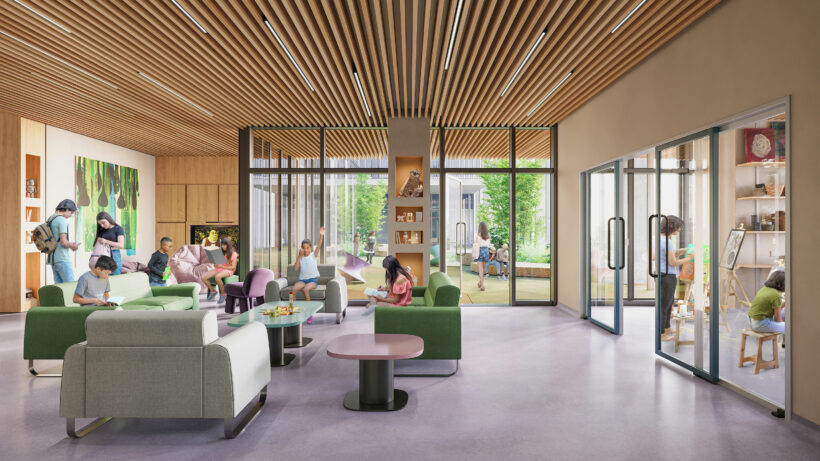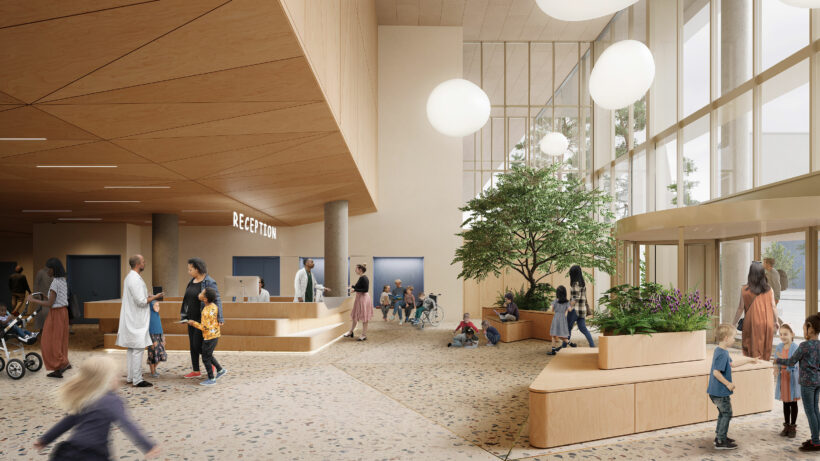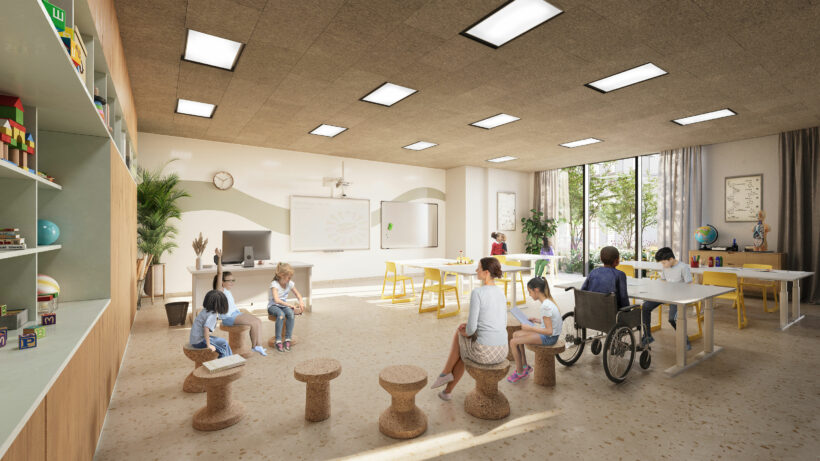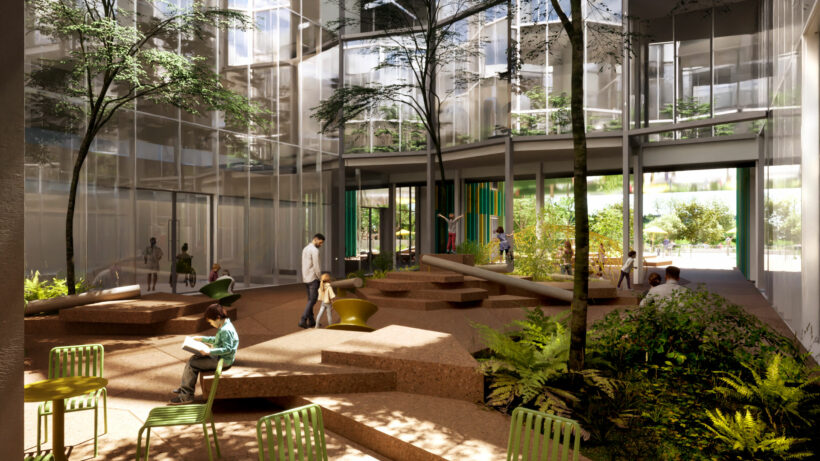Robert Heuschkel is Consultant Paediatric Gastroenterologist and CUH Clinical Director for the new Cambridge Children’s Hospital, which we are designing in collaboration with Hawkins\Brown, alongside MJ Medical and Ramboll UK.
– The best hospital is the one that is not needed. As healthcare professionals, we want to minimise the amount of time children spend in hospitals and the goal is that they don’t have to stay long, says Robert Heuschkel.
Robert Heuschkel points out that the experience of patients and relatives during the hospital stay is most important, but for a well-functioning and sustainable healthcare environment it is also crucial that the needs and wishes of staff are listened to.
